
Egypt, when this name comes up to your ears, there's an image that's rushing into your mind of three lined up huge Pyramids with maybe some camels wandering around, Khufu, Khafre, and Menkaure (Cheops, Chephren, and Micerinus) are their names.
About 18 Km away from Cairo, the capital, you’ll find the Giza Necropolis, where the pyramids of the greatest kings of the Old Kingdom lays at the Giza plateau. The three magnificent pyramids of Cheops, Chephren, and Micerinus are considered One of the Seven Wonders of the world; even after 5000 years of building them, we still can’t figure out how the Pharaohs did it.
No wonder that this is the first thing to be thinking about. We are talking about something unique that hadn't revealed all its secrets yet, making mystery about how it was built with no such equipment, nowadays it's still considered a hard project to be done with all the technology and advanced equipment. So let’s get started with our Q & A to elaborate on all facts about ancient Egyptian pyramids.
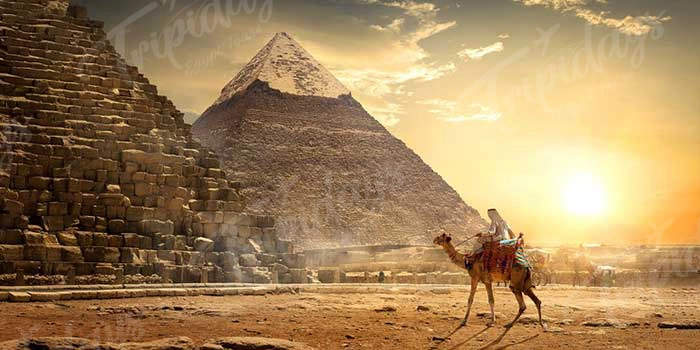
A pyramid is a building known around the world. Many civilizations were building pyramids for several reasons. Still, Egyptian Giza Pyramids are the oldest and the most known, and it is considered one of the seven wonders of the world.
Pyramids in Egypt are estimated to be more than 100 pyramids. Still, the most known Pyramids of Egypt are the Pyramids of Giza, containing three main huge Pyramids with several smaller ones around.
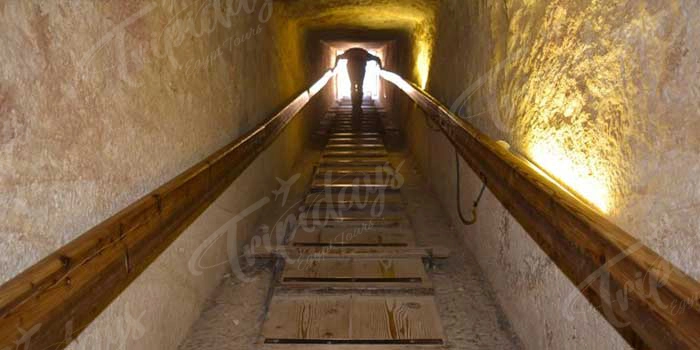
The first Pyramid ever to be built is in the Sakkara complex (Saqqara ), the Step Pyramid of Djoser, from the 3rd Dynasty.
To sum up, The Great Pyramid of Giza, also known as the Pyramid of Khufu or Cheops, was built during the Old Kingdom period of Ancient Egypt. Its construction took place approximately between 2580 and 2560 BCE.
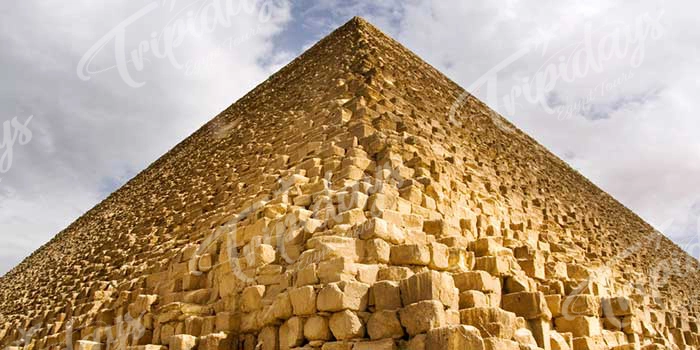
This shape was chosen by early Egyptian kings to be leading to Ra the Egyptian sun god. The pyramid head represents the nearest point to the sun; it seems that Pharaoh Khufu loved Ra the most, as he had built the tallest and the largest Pyramid ever.
To Have a Full Image of How Huge It Is, Let’s Talk In Numbers For A While
The largest Pyramid in the world, Khufu or Cheops, was heightening at construction near 150 m, 146.5 m to be accurate (481 feet), but with erosion and after more than 4500 years, its present height is 138.8 m (455.4 feet).
It consists of an estimated 2.3 million blocks of limestone and granite, with an average weight of about 2.5 tons for a single one.
Each base side is 230.4 m long (755.9 feet). The estimated mass is 5.9 million tons, with a 2.5 million cubic meters volume (88 million cubic feet).
Did you get the full imagination about how great the challenge was? Yeah, it wasn't just a massive building; these people had the intention to be always remembered.
This leads us to ask, "How was it built?" a worthy question that has to be answered.
This mystery has consequences when something isn't so clear; people talk and try to make it clear or maybe more mysterious by some imaginary stories that could be transformed into some good Hollywood movies.
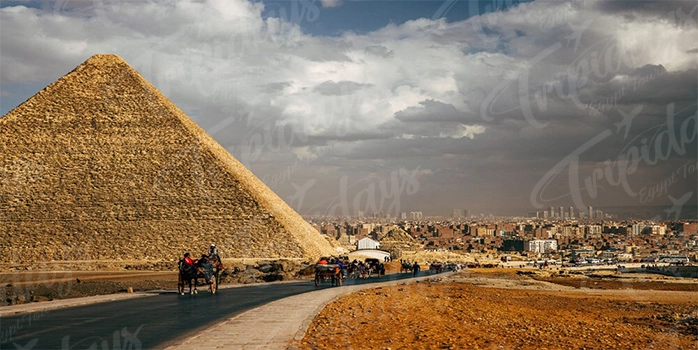
A widely known myth is talking about “Aliens," that had come to the area of pyramids thousands of years ago and offered help to the ancient Egyptians to build such buildings.
Wow, what a story! I liked it myself, but I would rather watch it as a movie or read it as a science fiction novel.
We aren't talking now about if aliens exist or not, but still, this story has no solid proof, so it could be believed or even be discussed.
There is a story that pyramids were built by slaves - Egyptian slaves or foreign slave’s labor.
Although this was so common at that time, archaeologists now believe that at least Khufu Pyramid (Cheops) was built by thousands of skilled workers who were camping near to the construction site, pointing to the workers' cemetery that was discovered by archaeologists Zahi Hawass and Mark Lehner in 1990 in this area.
No wonder that such a great monument needs to be built by professionals.
A lot more theories and stories could be famous and widely propagated and even believed without any base or solid proof.
“Which leads us back to the same point, how was it built?”
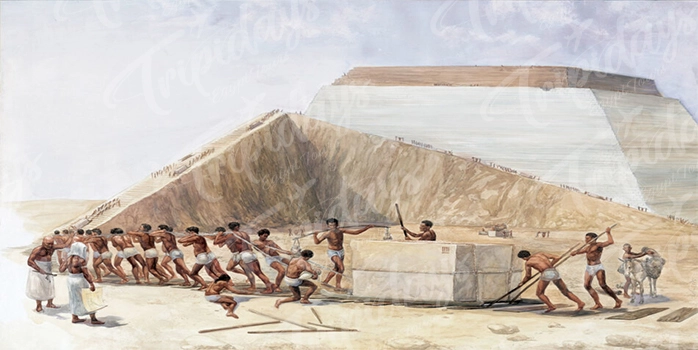
To answer that question, we have to know where these large stones came from and how it was moved to the site.
It's believed that most of the rocks were transported from nearby quarries. However, the massive granite stones that were found in the King's chamber and were once covering the outer layer were transported from Aswan, about 800 km (497 Mile) away.
To move these stones from quarries to the site, it's believed that the ancient Egyptians had used a simple technique but effective, wet sands.
To move these stones from quarries to the site, it's believed that the ancient Egyptians had used a simple technique but effective, wet sands.
They found out that pouring some water on the sand in front of the stone reduces friction between the wooden sledge carrying the stone and the sand, which leads to reducing the number of men pulling the sledge to half compared by the dry sand case.
To explain this technique in an easy, simple way, let's go to the beach and try to build a sandcastle; what kind of sand are you going to use? I think you'll go to the wet sand near the water, because of its consistency.
It's the same; water increases the sand stiffness. It's like that these droplets of water create bridges between the sand grains, which make the pulling smoother.
But it shouldn't be over wet; the water should be between 2 to 5 percent of the sand volume; if more than this percentage, it will be useless, or maybe it'll be harder than before, which shows you how these Pharaohs were so accurate.
For the granite stones coming from Aswan, it's believed that it had been transported via the Nile by boats.
A device is needed to put stones on each other. Did these people have cranes? I think the answer is obvious; that's no.
After deep searches and excavations, archeologists came to many hypotheses, but the most common one and the more likely to be true is the ramp system.
A team of excavators found a similar system at a quarry called Hatnub in Egypt's eastern desert, it was a very steep ramp with staircases by both sides, and these stairs have holes in it that it was believed to be containing wooden posts.
Such a high technology that wasn't for sure common from 4500 years was maybe the first patent in history.
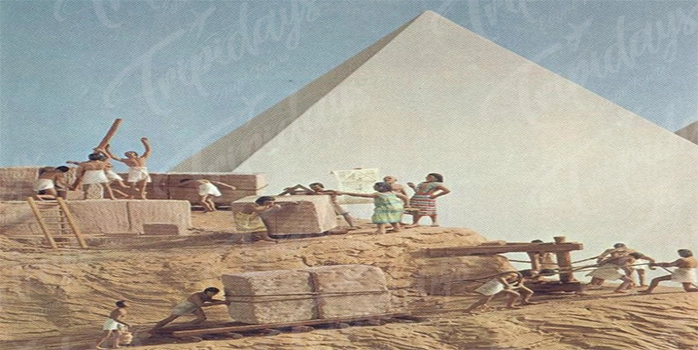
Inside the Khufu (Cheops) Pyramid is such a maze that you can get lost in.
That maybe was the intention of the builders to use it as tombs to protect the King's body and treasures from robbery, as they used to bury the King with what he could need in the afterlife, from food and drinks to gold and his expensive belongings.
Unfortunately, this technique couldn't save the King's mummy or treasure from robbery.
The Great Pyramid contains a lot of passageways and big voids. The grand gallery void, which is leading to the King's burial chamber, was the most popular known.
Until another big void was discovered recently as big as the grand gallery, we still don't know what it's containing or where it's leading to, which had led us to conclude that the Pyramids secrets hadn't been all revealed yet.
The mystery is one of the great Pyramids of Giza facts that couldn't be denied. These ancient Pyramids (especially the Great Pyramid Khufu) are evidence of greatness.
They show you how ancient Egypt was more advanced than any other civilization or population at their time. No wonder that some people believe that aliens had built it. It's hard to believe that this is a man hand creation at this time; it's still hard to believe it is our time.
These pyramids were tombs for these Kings, as they believed in the afterlife and how special should be the way of burial.
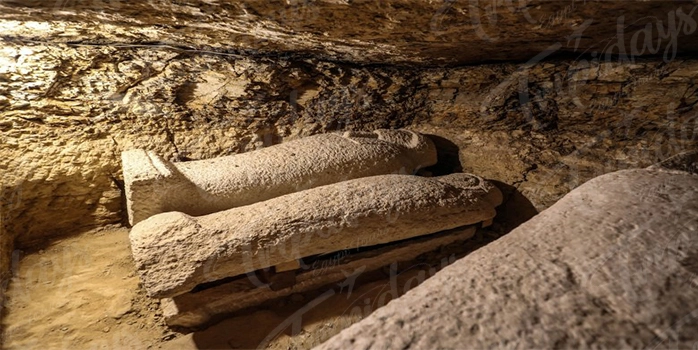
The Pyramids of Giza, located on the outskirts of modern-day Cairo, Egypt, have fascinated historians, archaeologists, and tourists for centuries. These iconic structures, including the Great Pyramid of Giza, are magnificent architectural feats with rich historical and cultural significance. Now you will explore almost 20 fascinating facts about the Great Pyramids of Giza that shed light on the construction, historical importance, and intriguing details of the pyramids.
The grandeur, mystery, and historical significance of the Pyramids of Giza remain one of the world's most awe-inspiring wonders. As we explore their remarkable facts and delve into their construction and cultural importance, we gain a deeper appreciation for the achievements of ancient civilizations and the enduring legacy of these magnificent structures.
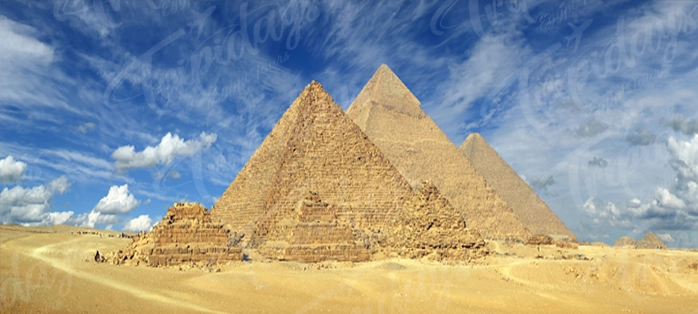
The Great Pyramid of Giza holds immense historical and cultural significance for several reasons:
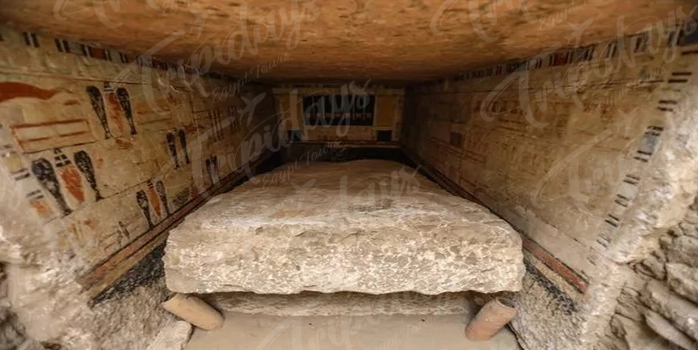
The Pyramids of Giza attract a significant number of tourists every year. While the exact figures may vary, it is estimated that several million tourists visit the site annually. The pyramids remain a popular destination for travelers worldwide who seek to witness the awe-inspiring grandeur of these ancient structures.
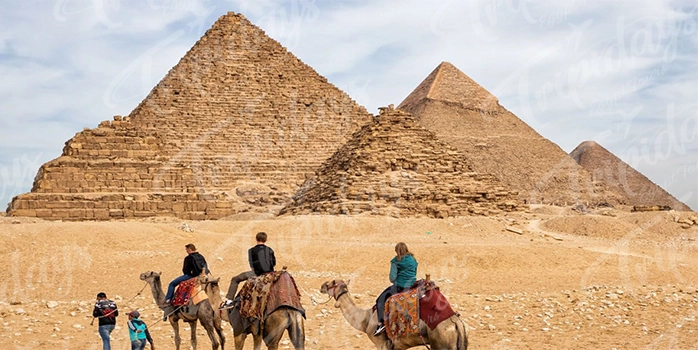
A Nile River cruise in Egypt is a journey through time, allowing you to explore this historic
The History of Ancient Egyptian Mummies is a captivating tale that weaves together the mysteries
Egypt is known for its rich history & amazing ancient wonders, but it also brags an incredible
Egypt, with its rich history, ancient wonders, and breathtaking landscapes, offers an unparalleled
Egypt, a land shrouded in mystique and grandeur, has a rich and captivating history spanning